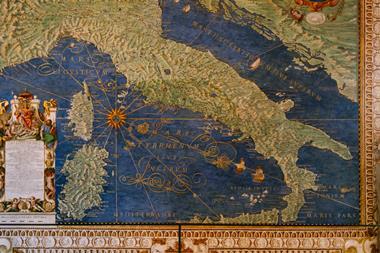UK - The Pensions Policy Institute (PPI) has warned that any increase to the state pension age (SPA) should take the inequalities of life expectancy between high-end earners and those on lower incomes into account.
As part of its submission to the Department for Work & Pensions, currently conducting a review into the feasibility of increasing SPA to 66 ahead of the 2020 deadline, the Institute also said men needed 10 years to plan for any increase to the retirement age. It added that women needed in excess of a decade to make changes to their provisions.
Club Vita, a longevity consultant founded by Hymans Robertson, agreed that the life expectancy of those most reliant on the state pension should be taken into account, rather than general increases.
Steven Baxter, a longevity consultant at the company, said the DWP needed to take into account the state pension's purpose. He argued that if it was to function as a safety net for those who most need it, then the life expectancy of low income earners should be taken into account, rather than the national average.
"Those with lower incomes and unhealthy lifestyles typically die 10 years earlier than the most advantaged groups of society," he said.
"By using life expectancy at the national level to inform the acceleration of planned changes to SPA, these disparities will be ignored. Ultimately, lower income individuals, who are most reliant on the state pension, would stand to lose the most."
Baxter added that it was also important to take people's ability to work into account while considering these increases, as savings would not be possible if some are not able to continue and they draw money from the welfare system simply through different payments.
This was an assessment shared by the PPI, who warned that while increasing SPA for men to age 66 by 2016 would lower costs, other factors would need to be considered. For example, denying younger people the opportunity to enter work or gain promotions.
However, based on its calculations, the state could make savings of £3.5bn a year by 2022, at which point both men and women would be bought in line with the new SPA threshold.
The PPI estimated that reducing the proportion of adult life spent drawing the state pension to 1981 levels, SPA would need to increase to 72 in the next two decades.
In 1981, only 25% of an adult's life was spent drawing a state pension, while the figure has increased to 33% today.
The National Association of Pension Funds has previously warned that increasing the SPA by 2016 would be "too hasty".














No comments yet